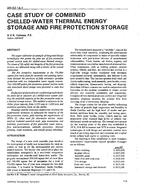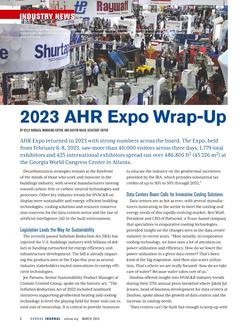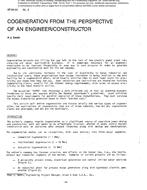Click here to purchase
Natural ventilation (NV) is an effective means of reducing building energy consumption and enhancing indoor air quality (IAQ) by conveying outdoor air into space. Recently, rising concern about climate change and the COVID-19 aroused interest in raising the potential of NV. However, the uncertainty of airflow around the building, and windows control that rely on the occupant’s behavior is a huddle to achieve higher NV potential in conventional buildings. This research proposes an automated multi-angle ventilation louver that can provide a desired and stable airflow into space by controlling the axis position and opening angle, leading to higher NV potential. The louver is designed to open in different directions and angles according to the wind condition to meet the optimized need for cooling and ventilation in the space. The performance of the louver was tested on multiple cases of wind conditions and louver configurations by computational fluid dynamics (CFD) simulations. The airflow data collected from the CFD simulations showed that the louver generates higher NV potential compared to the opening without the louvers. Next, the data was trained by linear regression, and a model was created to predict airflow from various conditions. Based on the model, this research introduces a simulation tool developed in Rhinoceros and Grasshopper. The simulation tool that is linked to the building energy simulation tool can assist designers and engineers in exploring the potential of NV when utilizing the louvers at different locations, building programs, and building configurations. The tool further indicates louver control and coordination on an hourly basis that can achieve maximized NV potential. Overall, this research expands the applicability of NV in both new and existing buildings by introducing an automated multi-angle ventilation louver and facilitating the use of NV for cooling and ventilating the space. Buildings that are in a disadvantageous location for NV in terms of weather conditions or the surrounding environment might also gain feasibility in utilizing NV by the louver. Further study will optimize the louver design and apply model predictive control (MPC) to the control system. Specifically, a mock-up model will be made to validate the increase of potential, and the control system will be able to predict variations in indoor environments and building surrounding conditions in advance and make an optimized decision.
Product Details
- Published:
- 2023
- Number of Pages:
- 9
- Units of Measure:
- Dual
- File Size:
- 1 file , 1.9 MB
- Product Code(s):
- D-AT-23-C035
- Note:
- This product is unavailable in Russia, Belarus


